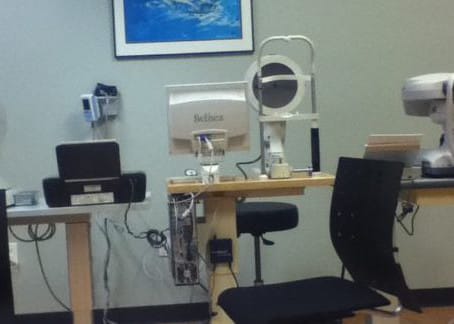Innovations in Keratoconus Treatment

Keratoconus is characterized by corneal thinning that results in distortion and loss of vision.
A) Diagnosis (imaging): New scanning and measurement machines help to diagnose keratoconus.
B) Progression (to stop progression): Crosslinking Is effective at preventing your keratoconus from getting worse. Crosslinking with riboflavin and UV light (epi-off or epi-on).
C) Visual rehabilitation (Contact lens and Surgery).
Visual rehabilitation:
- Specialty contact lenses.
- Surgery includes: Intacs, Topography guided PRK (Photorefractive keratectomy), Athens protocol, CTAK (Corneal tissue addition for Keratoconus), transplant.
1.- Specialty contact lenses (I will focus on Scleral lenses)
Scleral lenses: Scleral lenses can greatly improve vision quality and can in many cases reduce or eliminate ghost images. these are hard contact lenses that bear their weight on the stronger white sclera instead of the cornea. Scleral lenses vault over and above the irregular cornea. New High Order Aberration Scleral Lenses (HOA) reduce glare and halos by a distortion visual canceling similar to audio noise-canceling like these brands:
Ovitz Ares Higher-Order Aberration Lens (https://www.ovitz.us)
Alden Optical Zenlens™ scleral contact lenses (http://www.aldenoptical.com)
P.S. Scleral lenses are expensive but a worthing investment.
More info about Scleral lenses (https://sclerallens.org/)
2.- Surgery options: Some can be used simultaneously depending on many factors and not all doctors use them.
- Intacs or Ferrara rings.- Are small pieces of plastic that are inserted in the cornea periphery to provide better support and reduce refraction errors.
- Topography guided PRK, alters corneal curvature with Alcon EX500 laser to improve the topography to “smooth the hills and mountains” and “raise” the flatter parts of the cornea. By improving the shape of the cornea, in many cases, glare, halo, and ghost images are reduced.
- Athens protocol: Topo PRK & Crosslinking AKA “Athens protocol”: First proposed by Dr. Kanellopoulos, if you combine topography-guided PRK with CXL you can improve the shape and in turn the vision of the patient while simultaneously halting the progression of the disease. Kanellopoulos conducted a study a few years ago. He performed sequential and simultaneous procedures. In sequential, you crosslink first, allow the eye to heal, then perform Topo-PRK. In simultaneous, you perform Topo-PRK then immediately crosslink. He found both were successful, however, the simultaneous group outperformed the sequential group.
- CTAK (Corneal tissue addition for Keratoconus) inserts corneal tissue similarly to how Intacs are inserted.
- Corneal Transplant: Corneal transplants can help but in many cases, the transplant itself will have irregular astigmatism that can create higher-order aberrations that cause ghost images/glare/halo, so you will need some form of correction.
Hi, I love to improve myself and others. Reach me on social media or at heribertorangel.com
Subscribe to #HealthyEyes Newsletter
and get info fast!